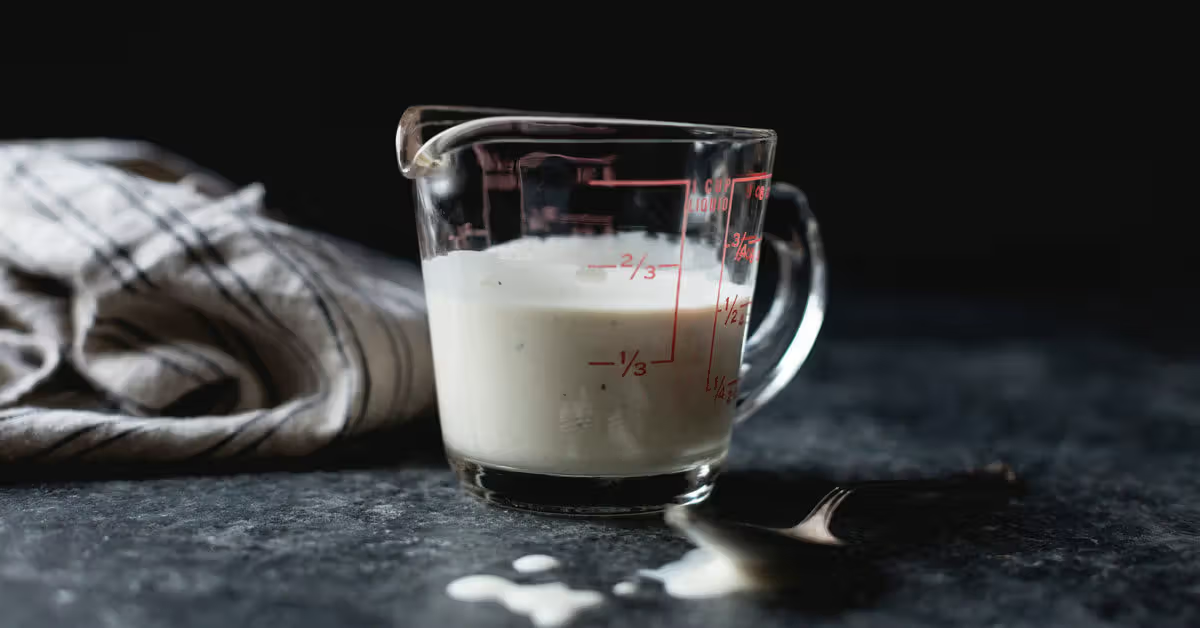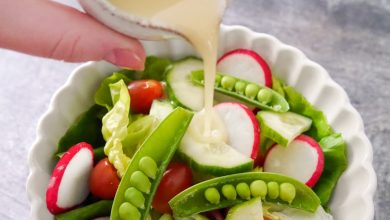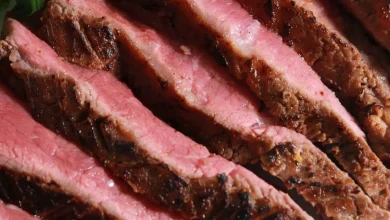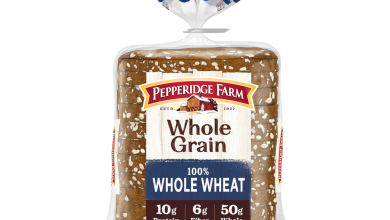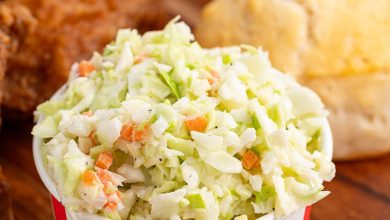Fiddlehead Ferns: Nutritional Benefits, Cooking Tips & Healthier Recipes
Fiddlehead Ferns (Raw) – Nutritional Information
Fiddlehead ferns, the tender young shoots of ferns, are a unique and nutrient-dense addition to your culinary repertoire. Often enjoyed in a variety of dishes, they are a rich source of essential vitamins, minerals, and antioxidants that can contribute to a healthy and balanced diet. Here’s a detailed breakdown of the nutritional content of raw fiddlehead ferns:
| Nutrient | Amount per 100g |
|---|---|
| Energy | 34.0 kcal |
| Protein | 4.55 g |
| Total Fat | 0.4 g |
| Saturated Fat | 0.0 g |
| Carbohydrates | 5.54 g |
| Fiber | 0.0 g |
| Sugar | 0.0 g |
| Calcium | 32.0 mg |
| Iron | 1.31 mg |
| Magnesium | 34.0 mg |
| Phosphorus | 101.0 mg |
| Potassium | 370.0 mg |
| Sodium | 1.0 mg |
| Zinc | 0.83 mg |
| Copper | 0.32 mcg |
| Manganese | 0.51 mg |
| Selenium | 0.0 mcg |
| Vitamin C | 26.6 mg |
| Thiamine (B1) | 0.02 mg |
| Riboflavin (B2) | 0.21 mg |
| Niacin (B3) | 4.98 mg |
| Vitamin B6 | 0.0 mg |
| Folate | 0.0 mcg |
| Vitamin B12 | 0.0 mcg |
| Vitamin A | 181.0 mcg |
| Vitamin E | 0.0 mg |
| Vitamin D2 | 0.0 mcg |
Key Nutritional Highlights:
- Low in Calories: With only 34 calories per 100g, fiddlehead ferns are a low-calorie option, perfect for adding to meals without significantly increasing calorie intake.
- Rich in Protein: Offering 4.55g of protein, they are an excellent plant-based protein source, especially useful in vegetarian or vegan diets.
- High in Potassium: The ferns provide a substantial amount of potassium (370mg), supporting heart and muscle health.
- Rich in Antioxidants: With high levels of vitamin C (26.6mg) and vitamin A (181mcg), fiddlehead ferns provide antioxidant benefits, which contribute to immune system health and skin vitality.
- Mineral Content: They also supply a notable amount of magnesium, phosphorus, and iron, which are essential for maintaining bone health, energy production, and healthy blood circulation.
Allergen Information:
Fiddlehead ferns are generally considered safe for most people. However, as with any wild edible plant, ensure that they are properly prepared and cooked to eliminate any potentially harmful compounds. Consuming raw fiddlehead ferns in large quantities or without proper cooking may cause digestive discomfort. Always wash and cook them thoroughly before eating.
Dietary Preferences:
- Gluten-Free: Fiddlehead ferns are naturally gluten-free, making them an excellent choice for those following a gluten-free diet.
- Vegan: A plant-based food, fiddlehead ferns are suitable for vegans.
- Low in Fat: With only 0.4g of fat per 100g, fiddlehead ferns are ideal for those looking to reduce fat intake while maintaining nutritional balance.
Preparation Tips:
When preparing fiddlehead ferns, it’s crucial to clean them thoroughly to remove any dirt or scales. After cleaning, they should be blanched or sautéed to make them more palatable and safe to eat, as they contain small amounts of toxins in their raw form. These toxins are neutralized with proper cooking. Fiddlehead ferns pair well with a variety of dishes, adding a fresh, earthy flavor to salads, stir-fries, and soups.
Conclusion:
Fiddlehead ferns are a nutritious, low-calorie addition to any diet, packed with vitamins, minerals, and antioxidants. Their delicate flavor and health benefits make them a unique vegetable to incorporate into seasonal dishes. Whether you’re looking for a new way to boost your nutrient intake or seeking a fresh, earthy ingredient for your meals, fiddlehead ferns are a delightful option. Always ensure proper preparation, and enjoy these ferns as part of a healthy, well-balanced diet.



